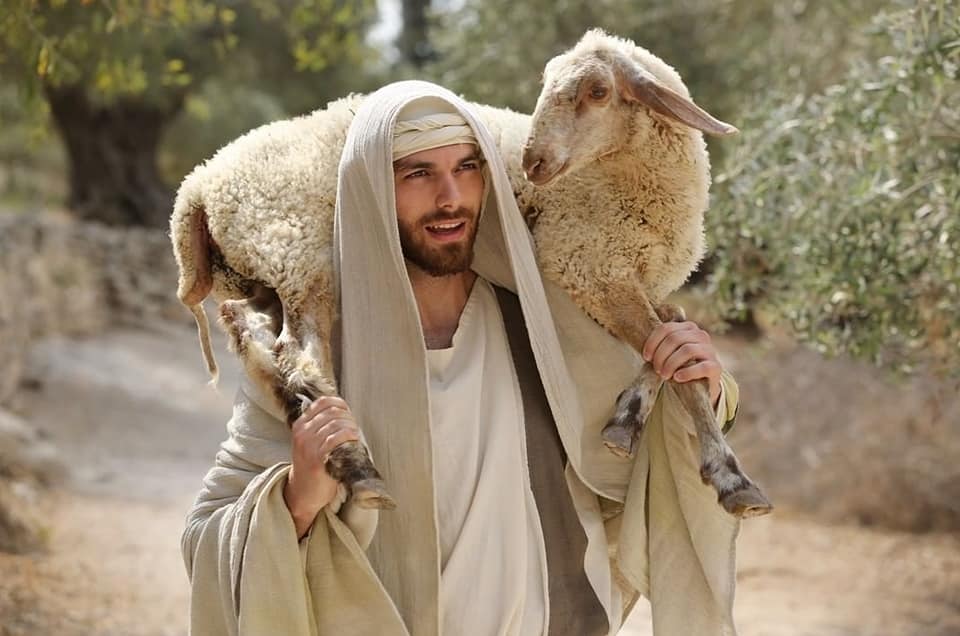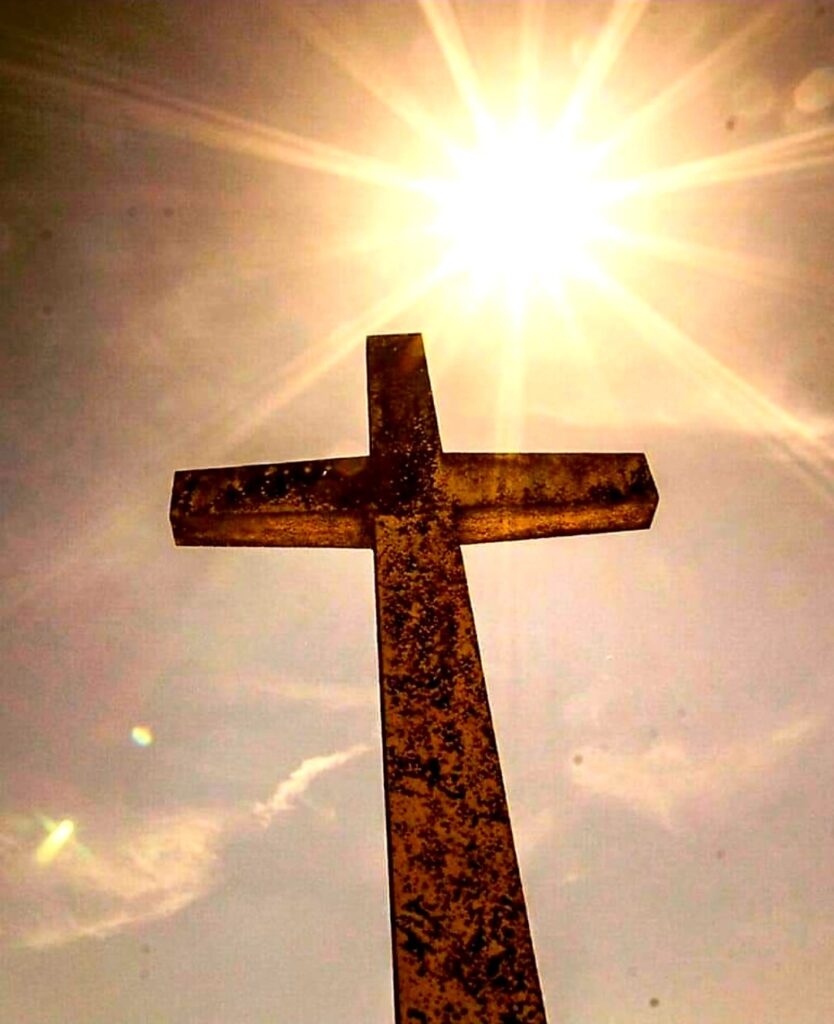DID YOU KNOW: A scapegoat is someone you blame for your problems, someone you cast your sins upon. From ancient times to our modern day, the Jews have been the most accused and vilified of all people in history. Israel is the scapegoat nation. For this is the same nation that God connected to the scapegoat 3,000 years ago in the bible.
Part of the Yom Kippur service, the High-Priest (Kohen Gadol) would sacrifice two identical goats. One goat was brought as a sacrifice in the Temple with an accompaniment of supplementary services and rituals. On the other goat (known as the Azazel goat), the High-Priest laid his hands and confessed the sins of the nation. Afterwards, a representative of the people would take the Azazel goat or scapegoat and release it into the desert to die.

Before the scapegoat on Yom Kippur could take away the sins of the nation, a sacred act called the SEMIKHAH had to take place. The priest or the one offering the sacrifice had to make physical contact with the sacrifice. He had to touch it. Specifically, he had to place the palms of his hands on the head of the sacrifice. As it is written in Leviticus 16:21, “Aaron shall lay both his hands on the head of the live goat and confess upon it all the iniquities of the children of Israel . . .” Only after the Semikhah was performed could the scapegoat take away the nation’s sins, or the sacrifice be offered up as an atonement.
Jesus the Messiah is the sacrifice, the atonement. But before the sacrifice can die for sin, the Semikhah must be performed. So, who was it that offered Him up, that delivered Him to His death? It was the priests. Therefore, the priest had to make physical contact with the sacrifice, with the palm of their hands. So, it is recorded that after condemning Jesus to death, the priests began to strike Him repeatedly with the palms of their hands (Mark 14:65). When the high priest tore his clothes and accused Jesus of blasphemy, they were actually confessing their own iniquity and the sins of the nation. It was only after the semikhah, that the sacrifice was led away to be slain.

Leviticus 16:7-10 tells us that each goat had to be identical in appearance to the other. The high priest would then reach into an urn and pull out two lots, one in each hand. Each lot had a different Hebrew word inscribed on it. He then placed one lot on the head of the goat to his right, and another on the head of the goat to his left. One stone identified the goat that would die as the sacrifice for the sins of the people. The other identified the goat or scapegoat that would go free. So, before there could be a sacrifice, there had to be the presentation of the two goats before the people and the determination of the two destinies.
Does this ceremony apply to Jesus and His crucifixion that took place? Yes, it does, He was presented before the people, for the choosing, for the determination of destinies. And there were two presented, and only one would be sacrificed. And according to the ordinance of Yom Kippur, the other life had to be let go. So, what happened to the other life that was presented that day? He was let go. And what was his name… Barabbas (Matthew 27:15-24)?
According to the requirements of the ancient ceremony, the two had to be identical. Jesus is the Son of God or the Son of the Father. Do you know what the name Barabbas means? Barabbas comes from two Hebrew words, BAR, which means son, and ABBA, which means father. Barabbas means the Son of the Father. The two lives each bear the name the Son of the Father.
So, Jesus came to earth to live like us, of flesh and blood, in the likeness of man. He became our willing sacrifice so we could be set FREE.

TODAY: Live as one sentenced to judgment, but who was released and given FREEDOM because of the LOVE and SACRIFICE of our Lord and Savior, Jesus Christ.